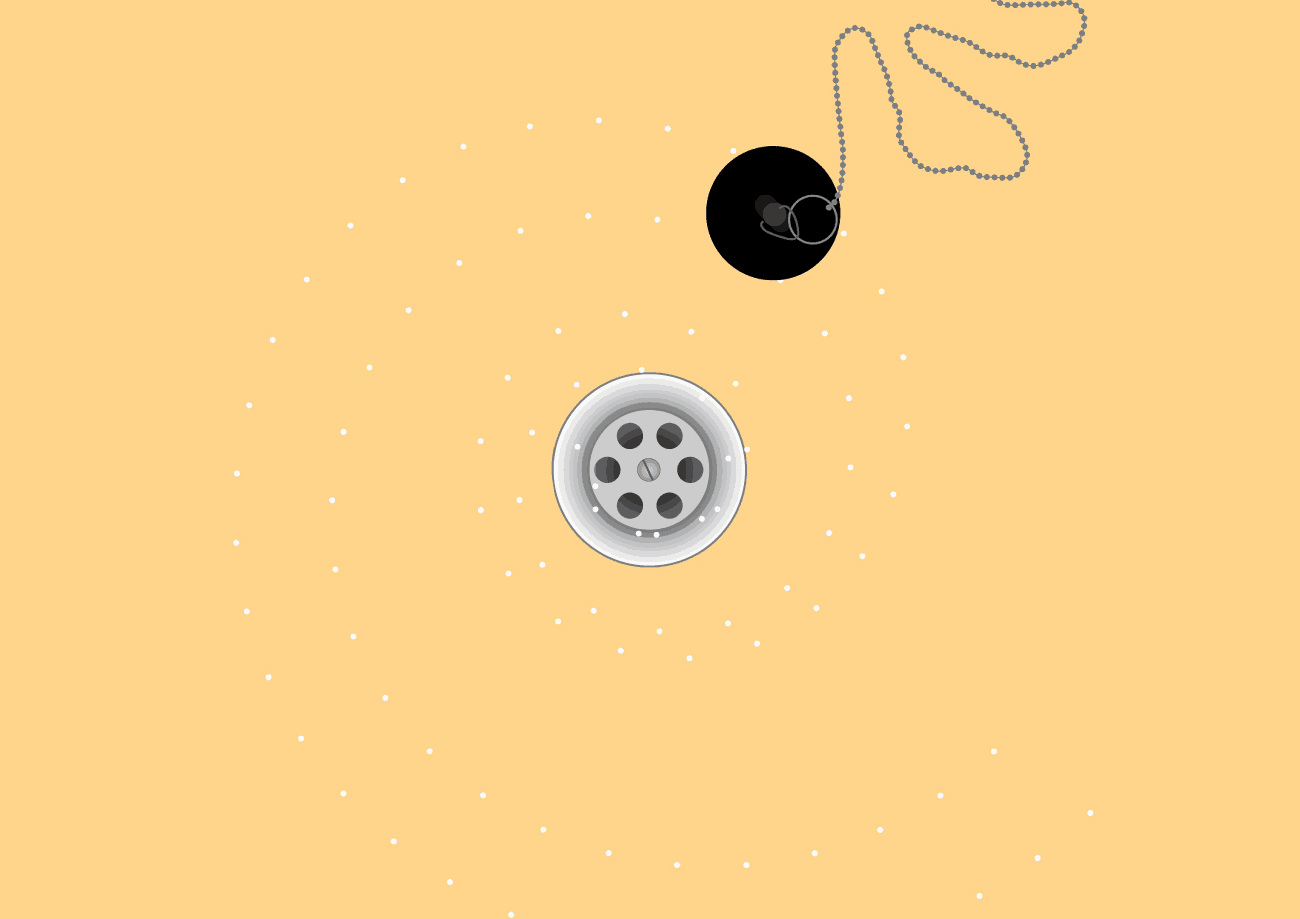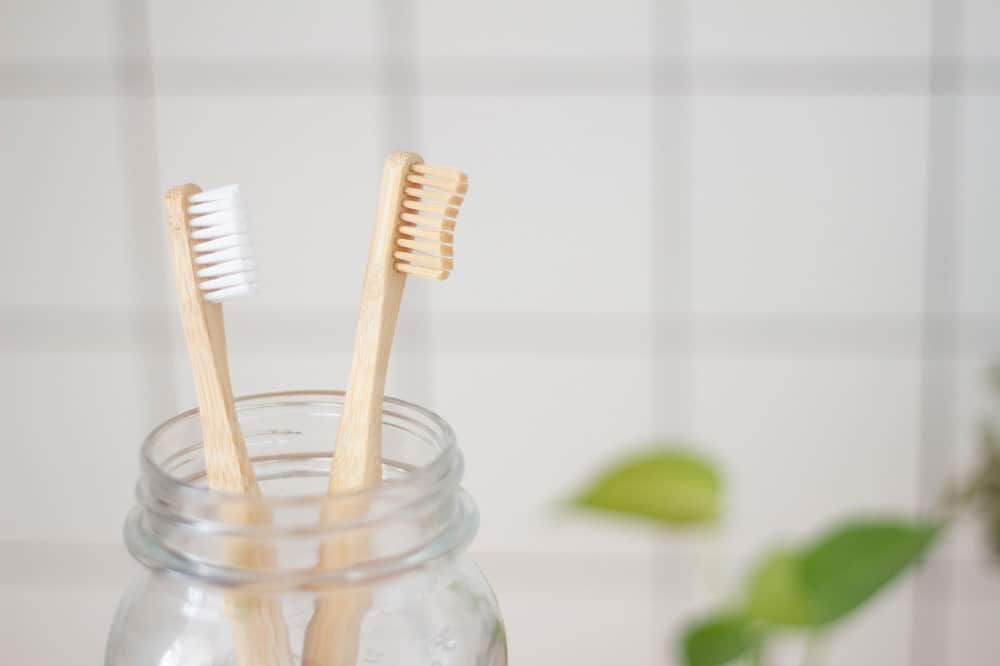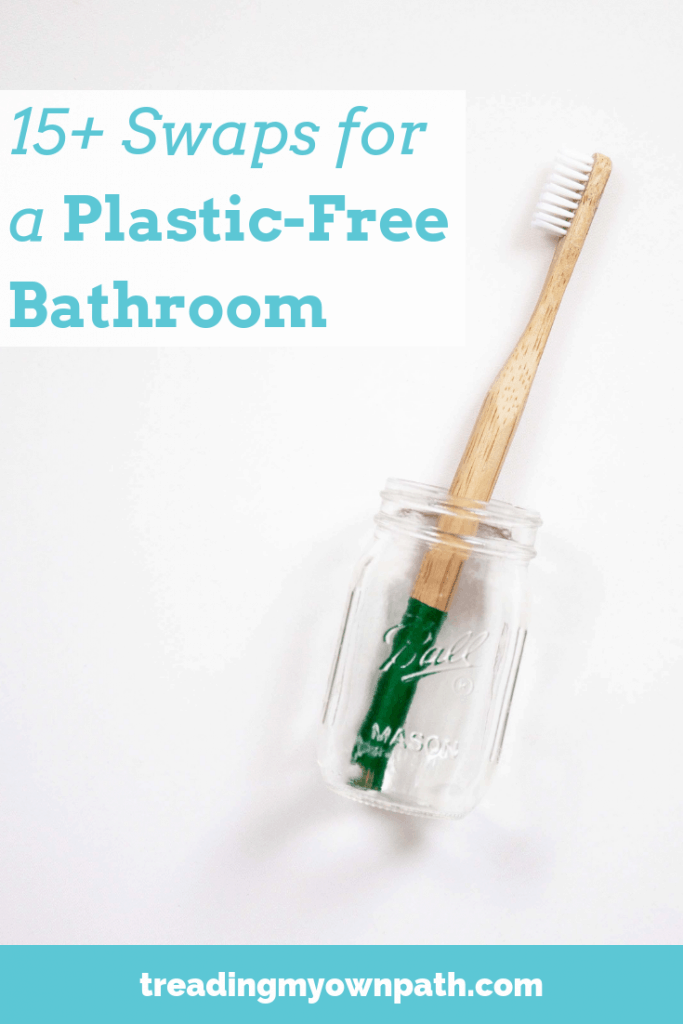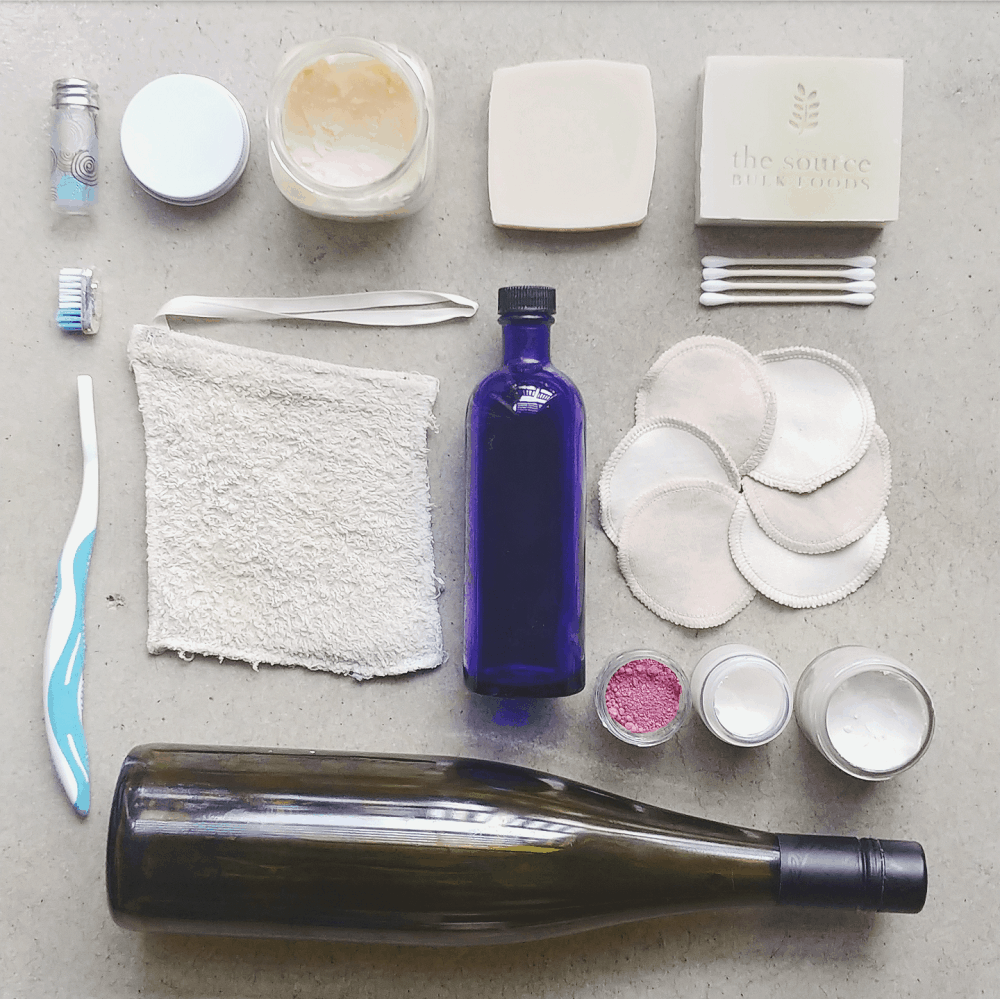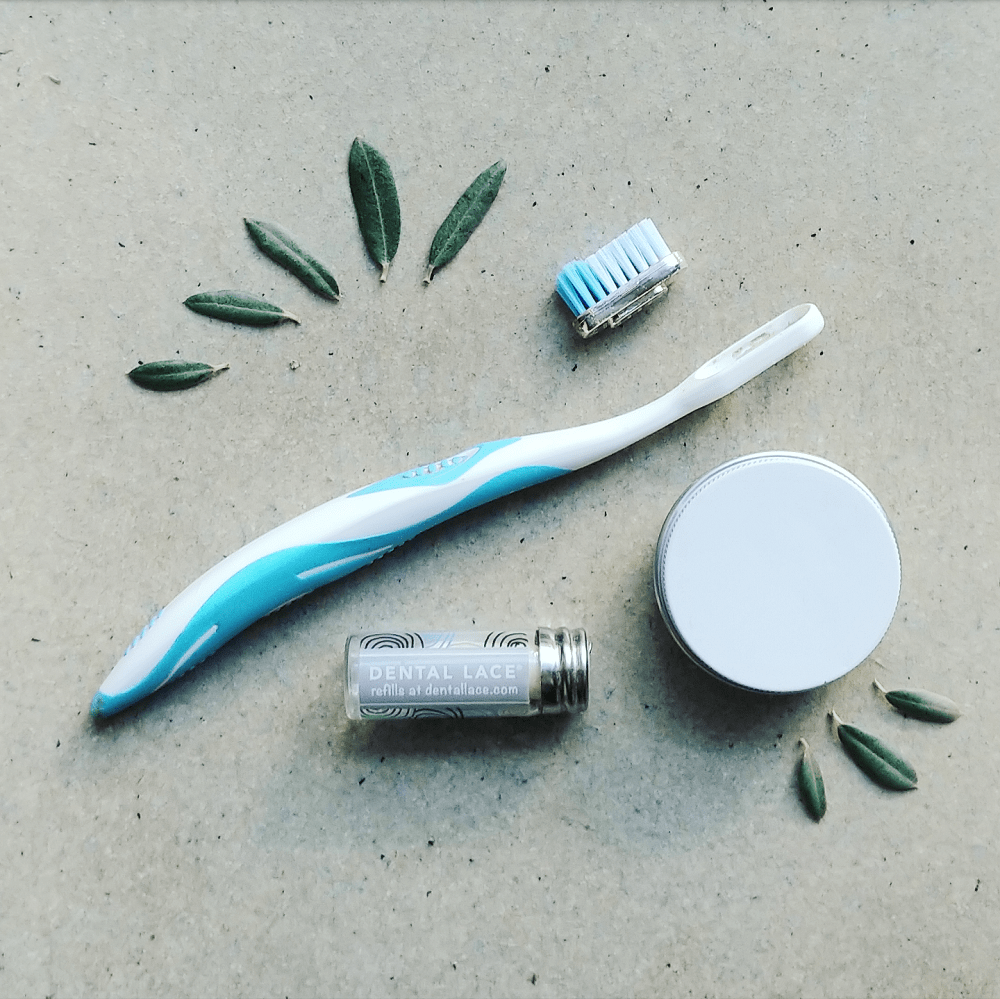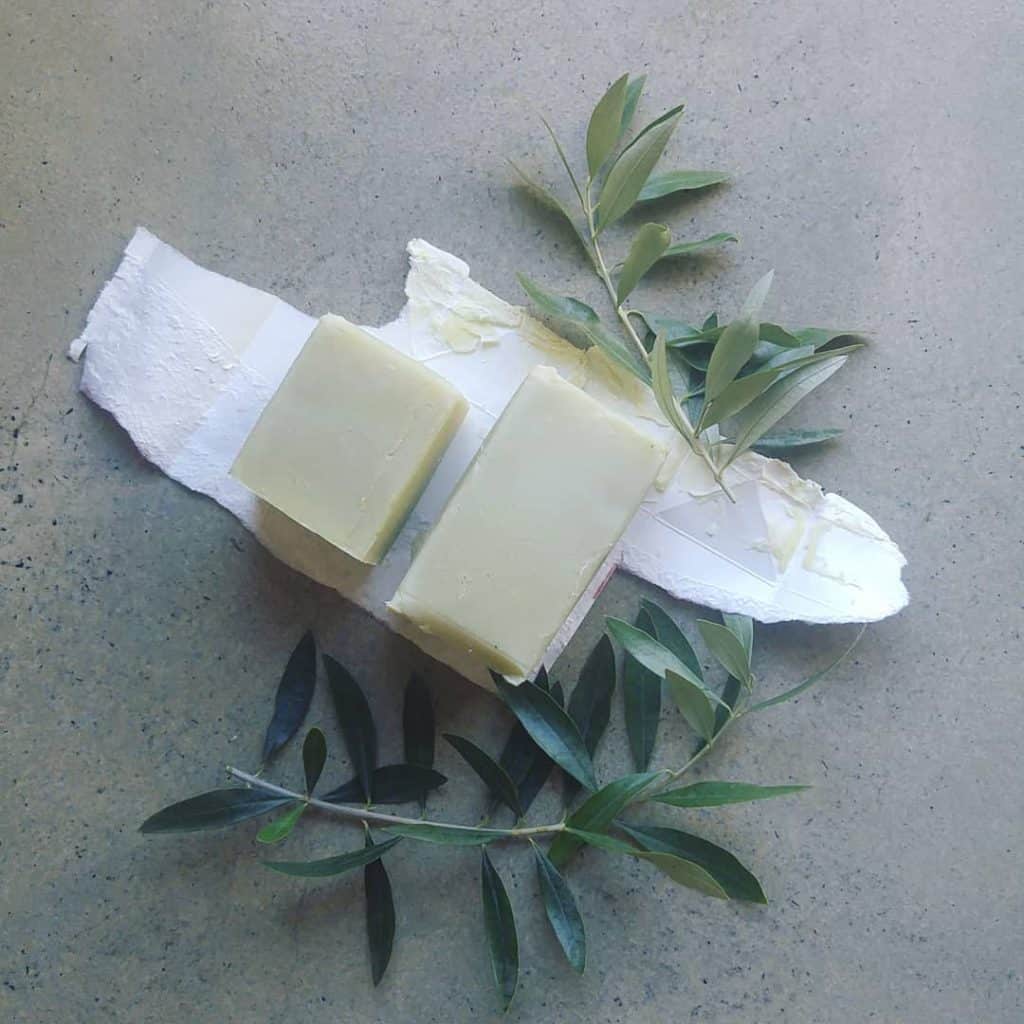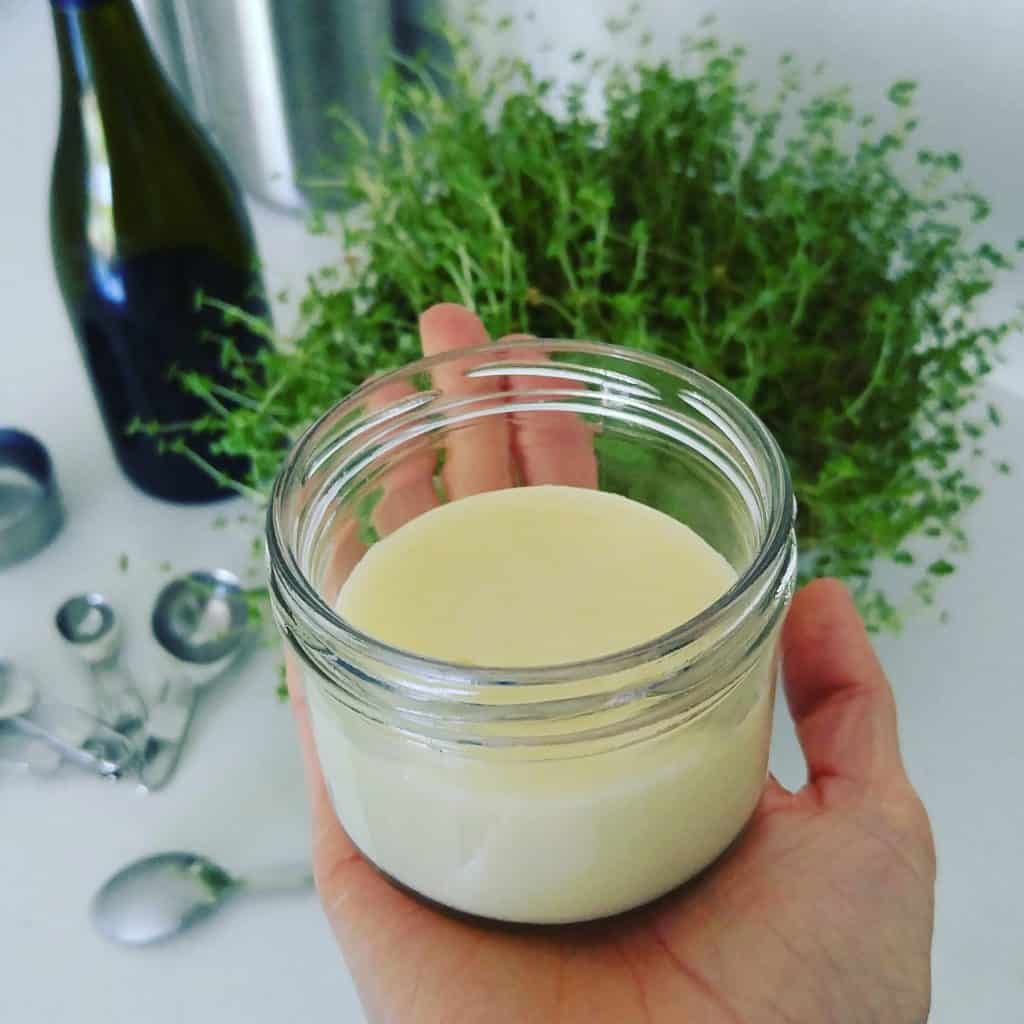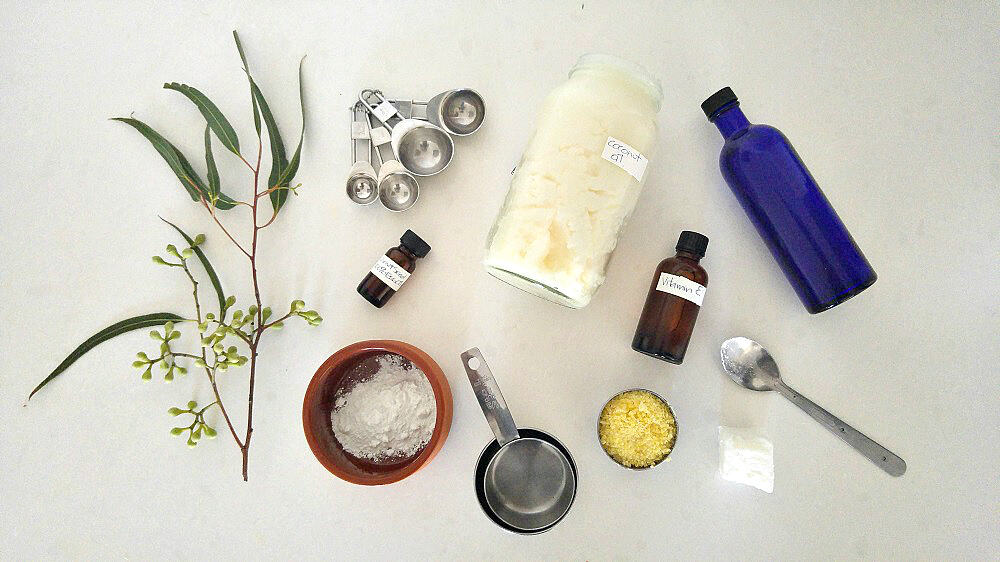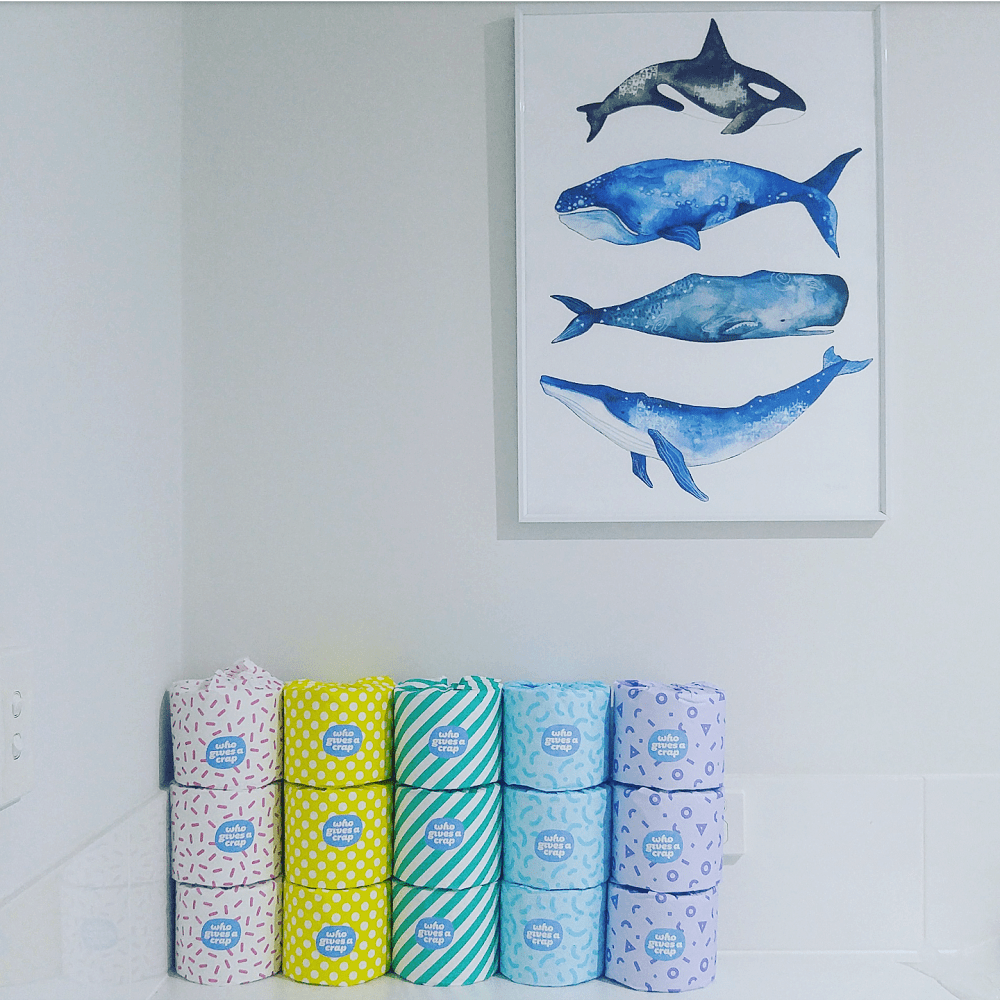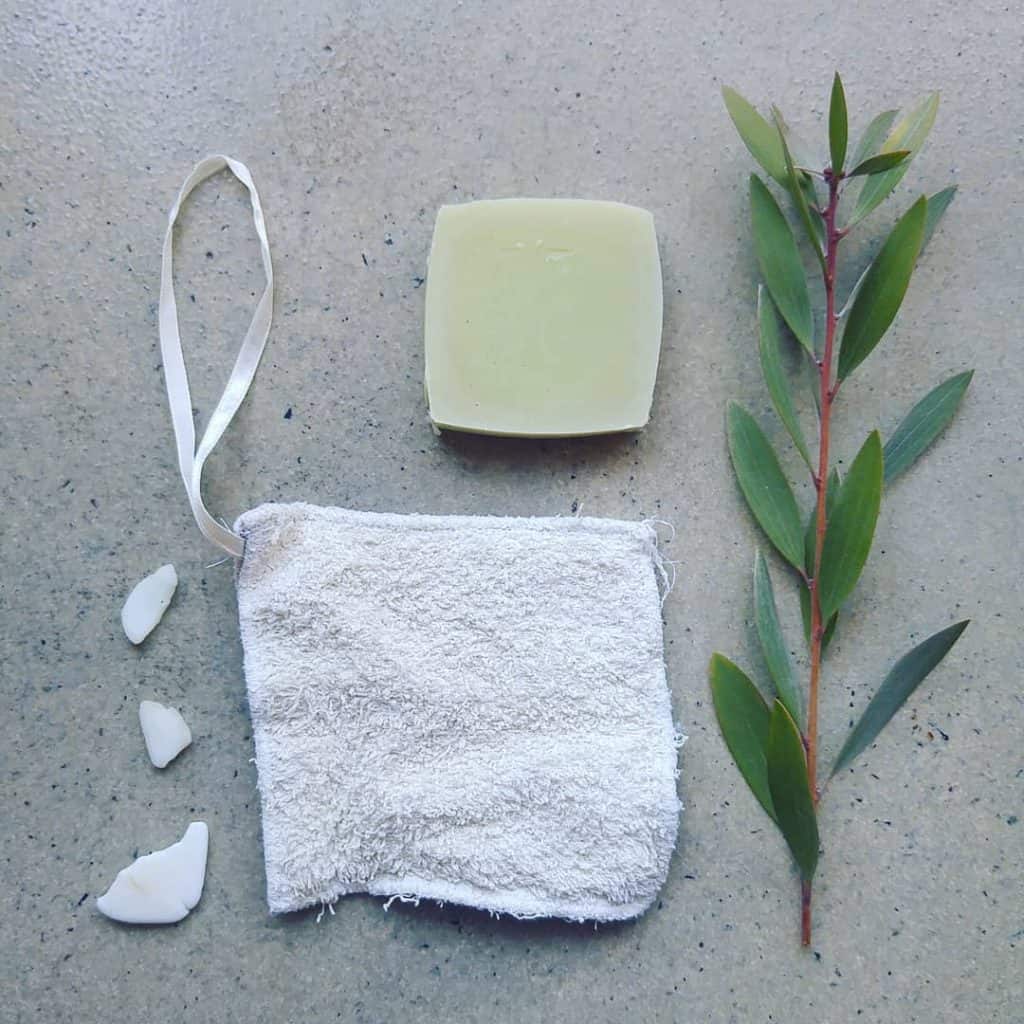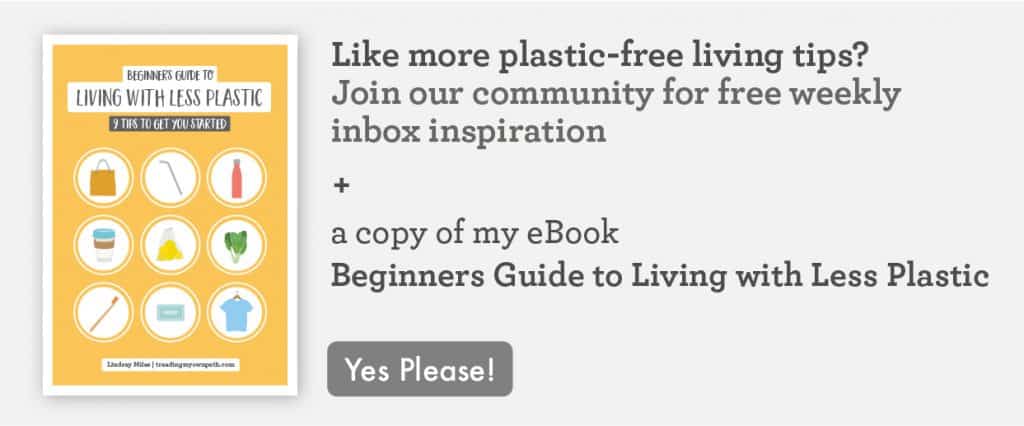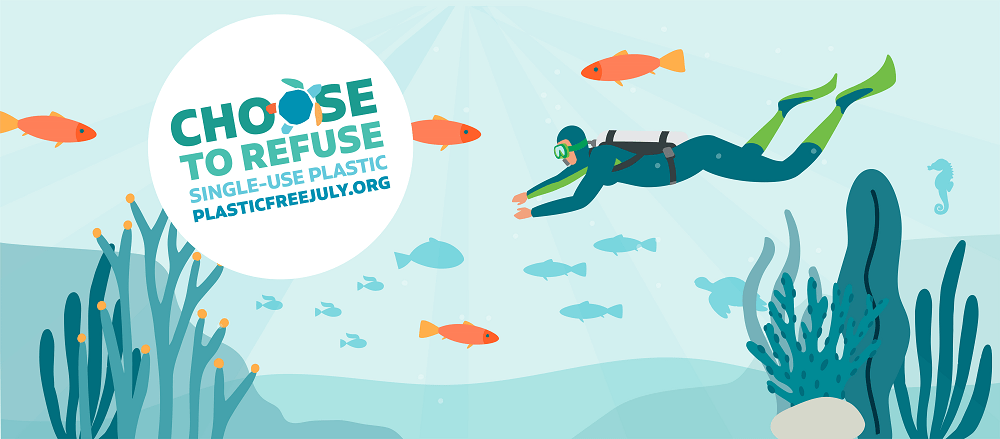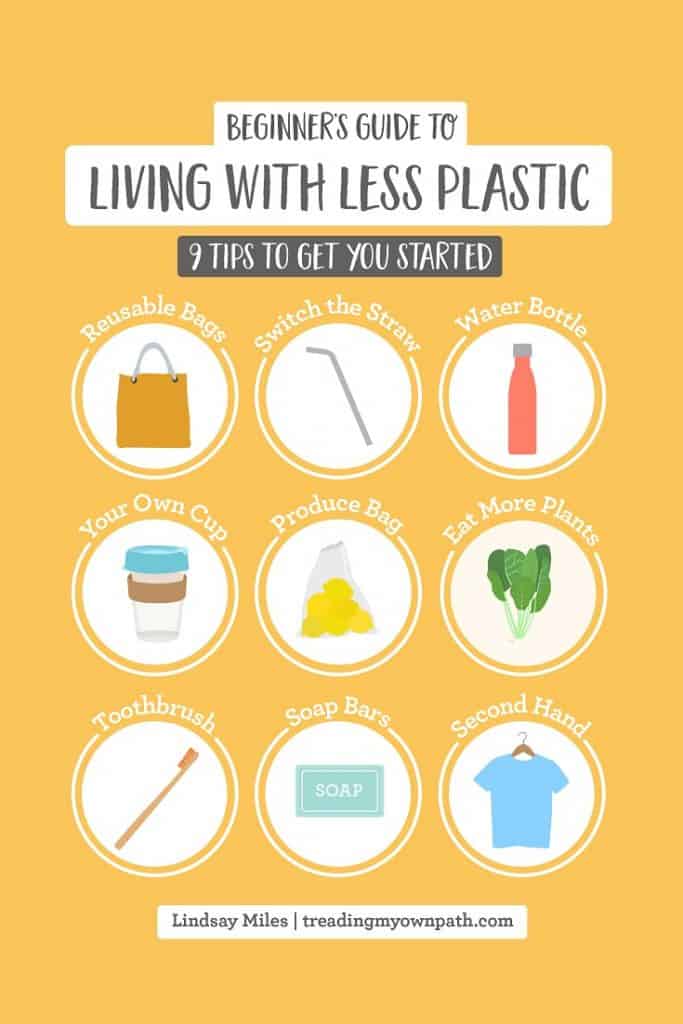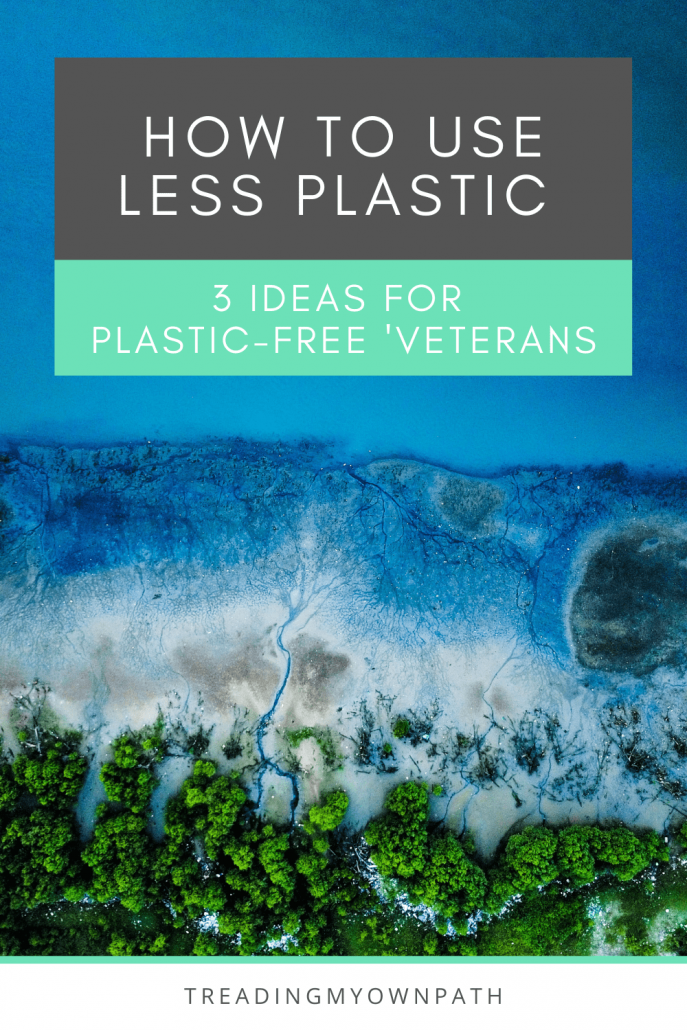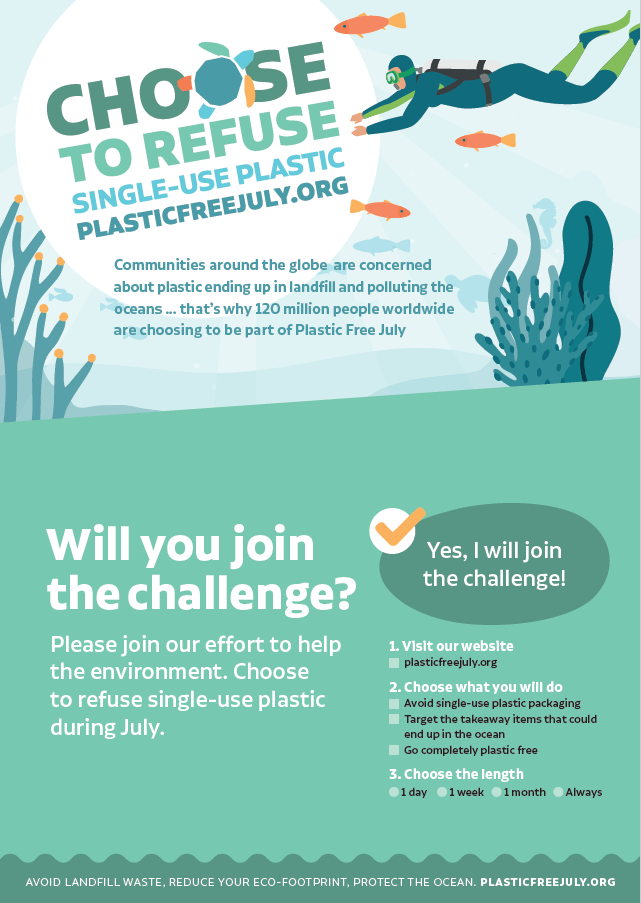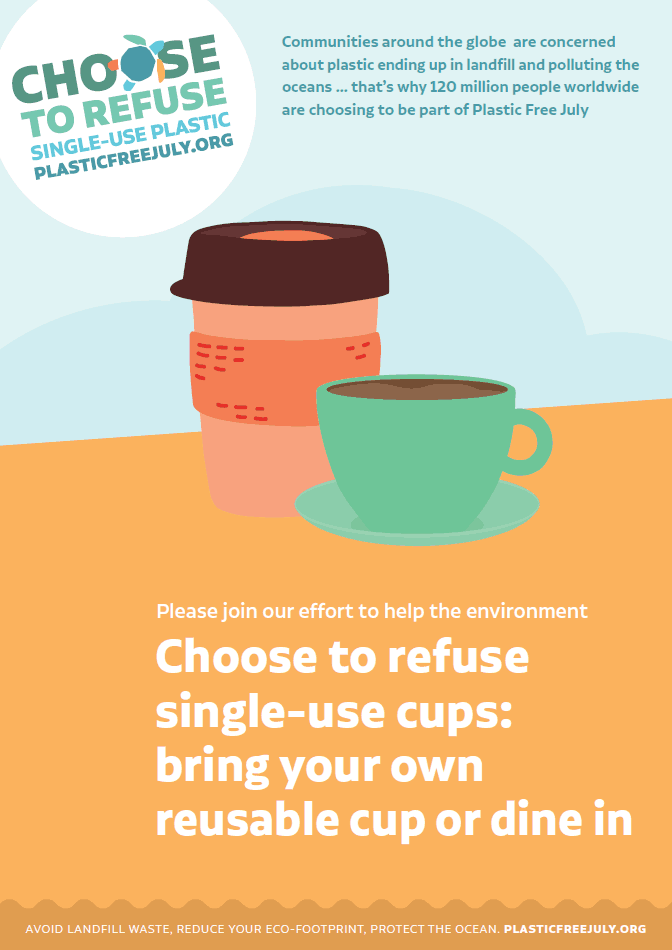Microbeads: Hidden Plastics in Cosmetics (+ What We Can Do About It)
I thought microbeads were old news. We discovered a few years ago that chemical companies were putting little plastic beads in our toiletries and cosmetics, we got mad about it, we signed petitions and applied pressure to our various governments and microbeads were banned. Job done, right?
Apparently not.
I’ve put together a guide to microbeads and the state of play in 2019, and what you can do to spot them and avoid them.
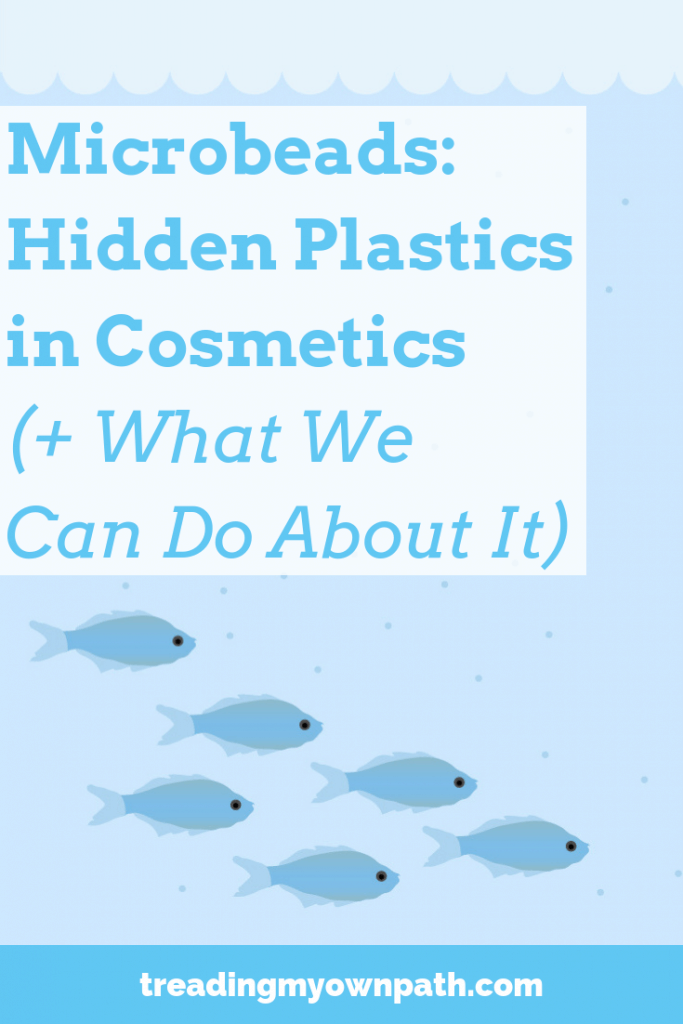
What are Microbeads?
Microbeads are tiny solid plastic particles, measuring 1mm in diameter or less. They are deliberately added to cleaning products, skincare products and cosmetics to give exfoliating properties, create ‘gloss’ and as fillers to bulk out products.
They are a type of microplastic, a more general term given to tiny plastic particles less than 5mm in diameter.
Many of these microbead-containing products are designed to be rinsed off, meaning this plastic is designed to go down the drain. However, the small size of the beads means they are mostly not captured by water treatment plants, and end up in rivers, seas and oceans.
Once in the water, microbeads pose a threat to wildlife, who ingest the plastic particles. This builds as bigger fish eat smaller fish and so accumulate more plastic. If the plastic alone wasn’t enough concern, plastic actually binds to chemicals in the ocean (including POPs – meaning Persistent Organic Pollutants, or chemicals resistant to environmental degradation). As the plastic accumulates in the food chain, so do these POPs.
Remember who is top of the food chain? Humans (well, the ones that eat fish).
Aren’t Microbeads Banned?
There are some bans on microbeads in place but the exact rules vary, along with what’s banned and what’s not. Most bans actually apply to ‘rinse-off cosmetics’ only (South Korea ban all microbeads in cosmetics, and Canada have banned all microbeads smaller than 5mm).

You’ll spot that Australia doesn’t have a ban on microbeads in place. Instead the government opted for a voluntary agreement from industry to phase out microbeads. Accord Australia have been coordinating the phase out with their initiative BeadRecede.
Research in 2018 that looked at 4,400 products across 148 stores found that 94% of products available in Australia were microbead-free. That means 6% were not.
No microbeads were found in shampoos, conditioners, body wash or hand cleaners. The products that still contained microbeads? The top 5 were:
- Foundation/blush
- Skin cream/moisturiser
- Eye make-up
- Lip make-up
- Facial scrubs.
What’s interesting to me about this list is that 4 of these product groups are not rinse-off. Which makes me wonder even with countries that have a microbead ban in place, if these products are still making their way to store shelves, into our homes and flushing down the drain?
How can we find out if there are microbeads in the products we buy?
How to Identify Microbeads
What would you guess the number of ingredients that are classed as microplastics to be? 10? 50? 100? The number seems to be growing all the time: it was estimated at 325 when the Australian data mentioned above was collected in 2018, but current estimates are that there are more than 500 microplastic ingredients widely used in cosmetics and personal care products.
500 different ingredients!
If you’d like to know whether any product you’re using contain microbeads, and what ingredients actually count as microbeads, the absolute best resource I’ve found is beatthemicrobead.org.
If you’d like to know the names of all these ingredients to check the products you have at home, Beat The Microbead have put together a ‘red list’ of known microplastic ingredients. (There’s also an ‘orange list’ of suspected ingredients, where there is not yet enough information.)
Among the most common microplastics ingredients are:
- Polyethylene (PE)
- Polypropylene (PP)
- Polymethyl methacrylate (PMMA)
- Nylon (PA)
- Polyurethane
- Acrylates copolymer.
Alternatively, they also have a search function on their website where you can search products in their database. Not to mention, there’s an app available on both Apple and Android.
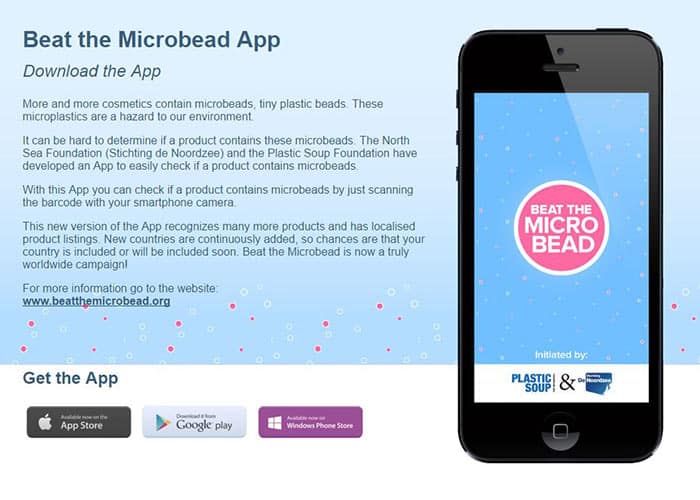
Switching to Microbead-Free Products
If we find out (or suspect) that there are microbeads in our products, here’s three things we can do.
Simplify
When I went plastic-free, faced with the prospect of finding a plastic-free alternative for the bazillion products in my bathroom, I asked myself whether I actually needed all of these products I was buying. It turned out that many of them weren’t really necessary, just things I purchased because I liked the packaging or had seen an advertisement (no doubt promising some miracle).
You might find the same thing. You might decide that you actually don’t need that product at all.
Find Microplastic Free Alternatives
Beat the Microbead has a list of companies guaranteed to not use microbeads on their website. These are mostly big brand who use plastic and other single-use packaging, but they are a start.
Also, look for small and local producers. There are plenty of excellent small businesses making safe products, and hopefully you can track down something in your area. If you’re looking for make-up (which can be a bit harder to find), two brands I recommend are Dirty Hippie Cosmetics (Australia) and CleanFaced Cosmetics (USA).
Make Your Own Beauty Products
If you really want to know what’s going into your products, the best way to know for sure is to make your own. Body scrubs (one of the products still found to contain microbeads in the research) are easy to make from scratch by mixing something abrasive (sugar, salt, coffee grounds, ground oats, ground rice) into some oil.
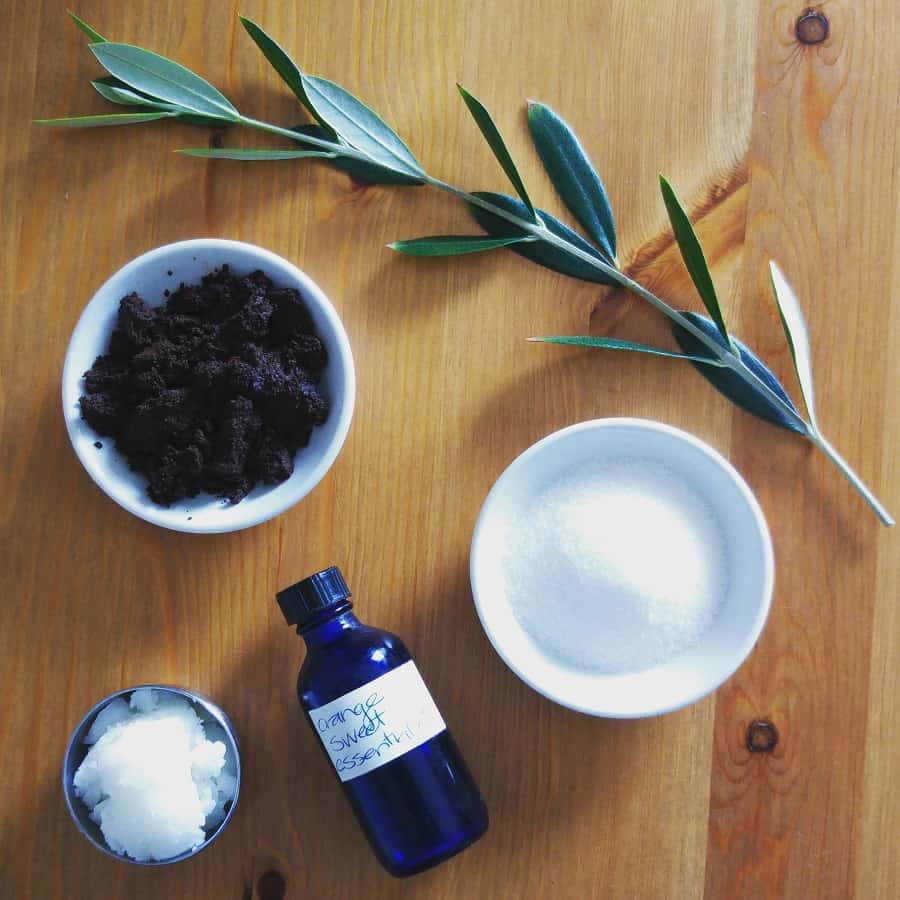
Find more DIY scrub recipe ideas here.
Remember, it doesn’t have to be ‘all or nothing’. Deciding to make one product rather than buying the pre-packaged microbead-containing alternative is a great first step.
…
Plastics in cosmetics is a design error that is slowly getting the attention it deserves. If you want to be sure you’re not unwittingly taking part in this hidden form of plastic pollution, audit your current bathroom, beauty and cleaning products. Check the ingredients, and if you find any products that contain suspicious ingredients, make it a priority to track down a suitable swap or solution.
For every irresponsible brand there is another doing good. Let’s give them our money where we can, rather than funding businesses that pollute. Our choice and actions matter.
Now I’d love to hear from you! Do you live in a country that’s banned microbeads? Do you know which products are banned and which are not? Have you ever done an audit of the things you buy to look for microbeads? Are you going to do it now? Any good microplastic-free brands you’d like to recommend? Any other thoughts? Please share in the comments below!

